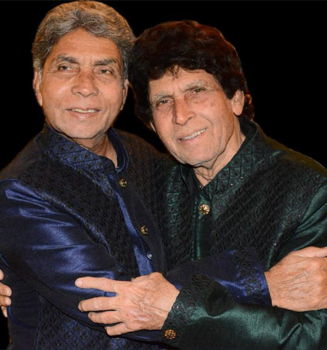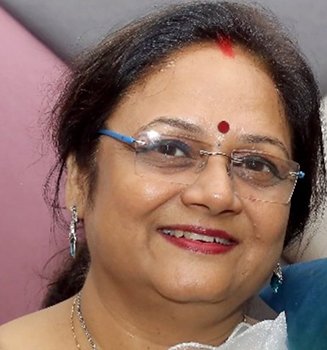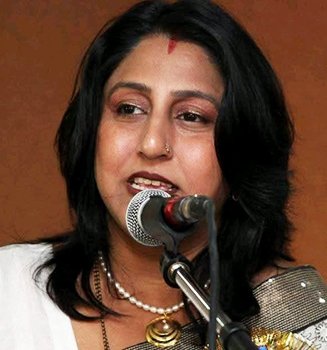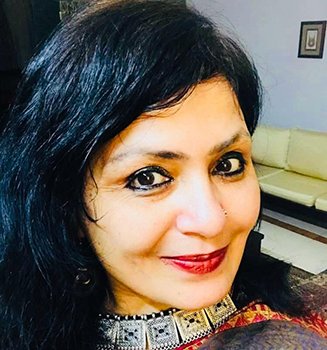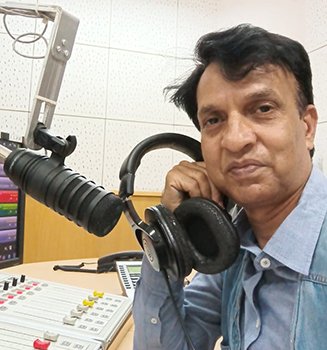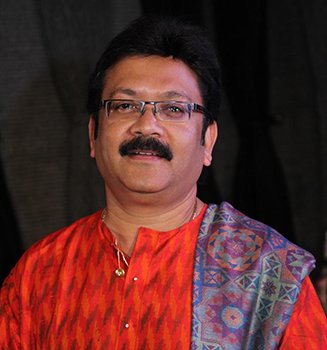Catch 22 Situation: The Struggle of Disabled Cadets
An injury or illness during military training is a life-altering event. While most people associate military disability with veterans who have served for years, a different and often precarious struggle exists for those injured before being formally commissioned.
These cadets, who dedicate years to rigorous physical and academic preparation, often find themselves in a bureaucratic and legal limbo without institutional or financial support afforded to veteran counterparts.
No Legal Status
Many cadets lack legal status as “Service Members.” In some countries, they are not considered veterans or active-duty personnel. This often makes them ineligible for crucial benefits.
Psychological Impact
For these cadets, military service is more than a job—it’s a vocation. Losing that future due to injury can lead to severe mental health issues, affecting their identity and career aspirations.
Financial and Medical Struggles
Medically discharged cadets are often ineligible for rehabilitation schemes or alternative roles, unlike ex-servicemen:
- Ex-servicemen are covered under ECHS Scheme (Ex-servicemen Contributory Health Scheme).
- Medically discharged cadets are not eligible for free treatment at military hospitals.
Ex-gratia payments are often insufficient to cover mounting medical bills, leading to financial distress.
Social Challenges
Cadets face social stigma and personal disappointment despite years of sacrifice and dedication.
Lack of Rehabilitation and Alternative Employment
There is no systematic plan to transition cadets into civilian life or alternative roles that utilize their skills.
Status in Different Countries
- United States: ROTC cadets get limited compensation through the Department of Veterans Affairs.
- United Kingdom: The Armed Forces Compensation Scheme (AFCS) compensates for injuries or illness caused by service.
- Canada: The Canadian Armed Forces (CAF) provides medical reimbursement, including ambulance and physiotherapy costs.
Supreme Court Takes Suo-Motu Notice
Justice B. V. Nagarthna of the Supreme Court of India initiated a suo-motu case on cadet medical struggles. The court seeks responses from the Ministry of Defence, Ministry of Social Justice, and Armed Forces to explore rehabilitation, insurance plans, and ex-gratia payments.
Conclusion
This case represents social justice, offering hope to affected cadets and sending a strong moral and legal message to the nation. The government’s response will be critical in shaping a compassionate system for these Braveheart Cadets.
Advocate Mamta Singh Shukla
Supreme Court of India
📞 9560044035




